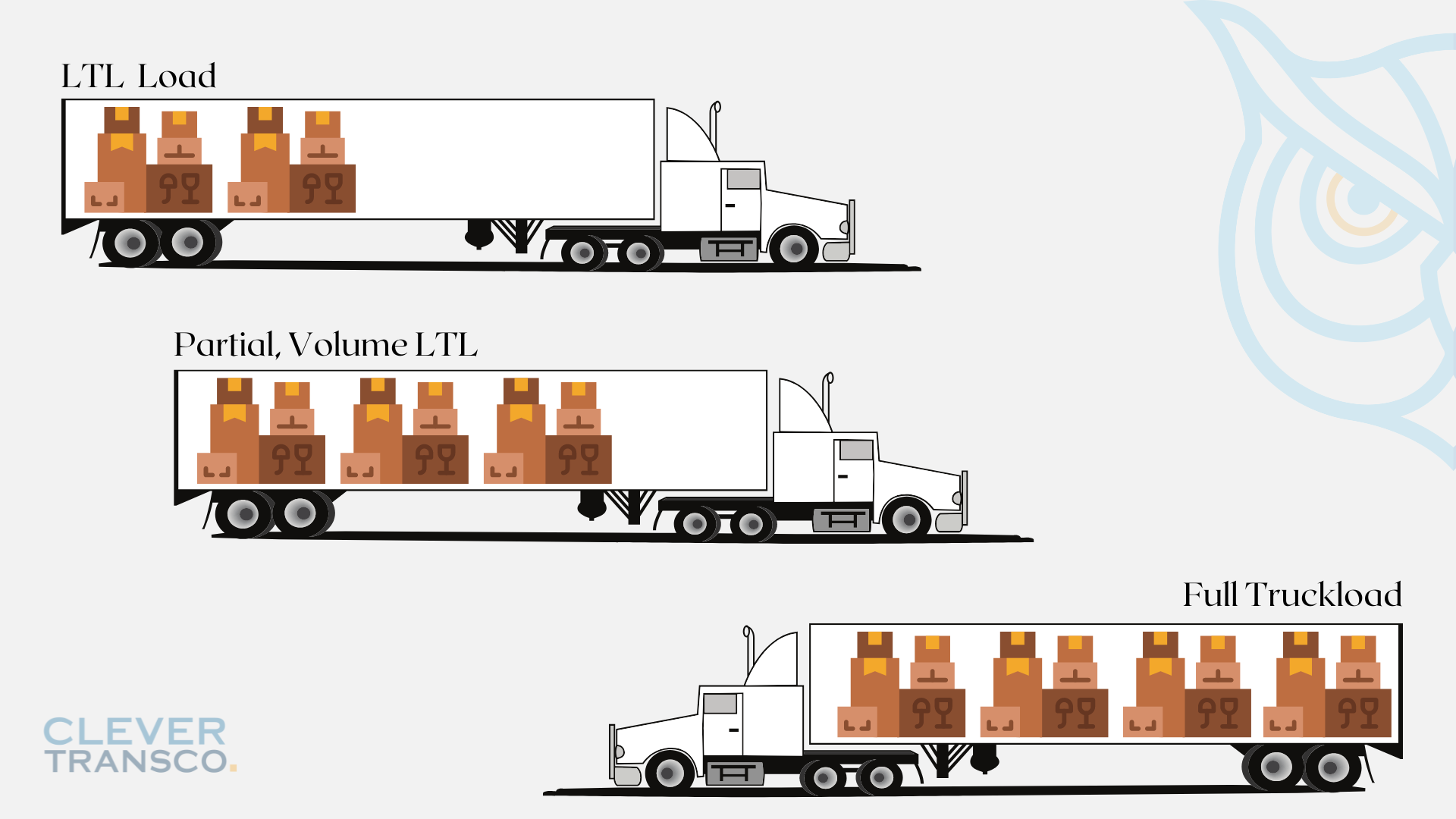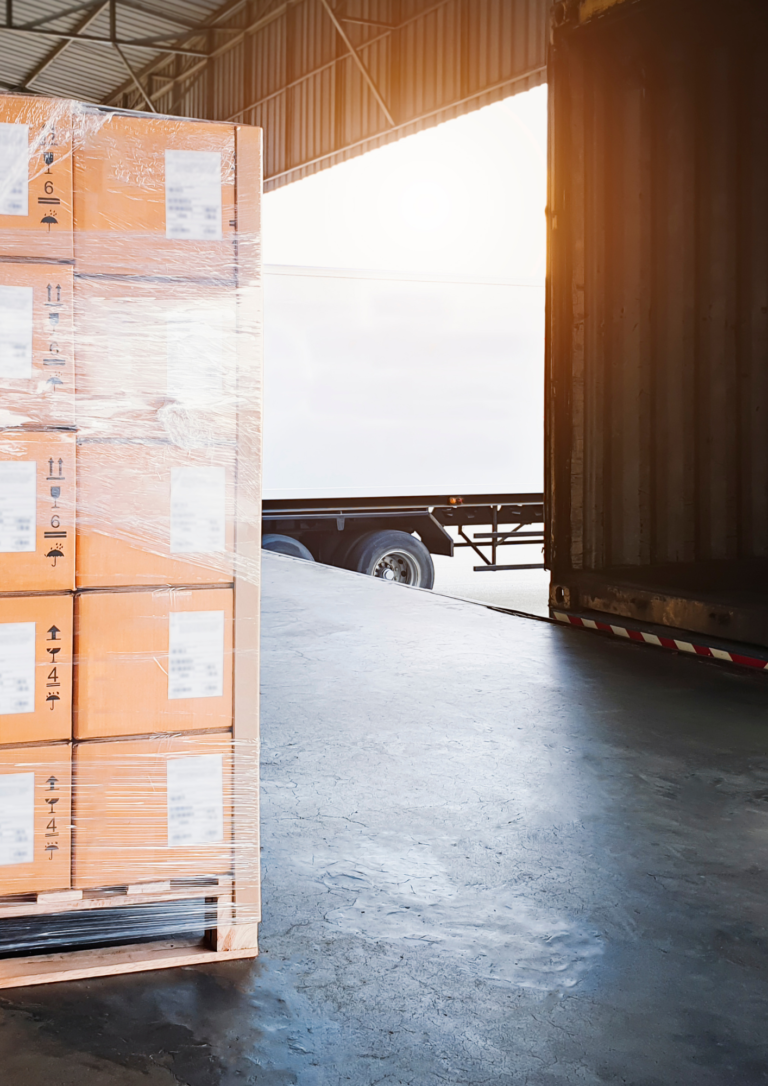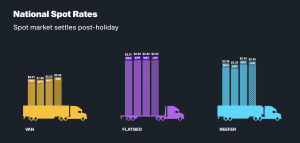
Pros and Cons of Volume LTL:
Pros:
- Cost-Effective: For mid-size shipments, volume LTL can offer cost savings compared to traditional LTL, allowing for more efficient use of trailer space.
- Reduced Handling: Compared to standard LTL, there are fewer touchpoints during transit, which lowers the risk of damage or loss to the goods.
- Flexibility: Shippers have some flexibility in scheduling and delivery compared to FTL’s stricter timelines.
Cons:
- Limited Capacity: While larger than standard LTL, volume LTL still has limitations on shipment size, which may not suit all mid-size loads.
- Potential Delays: Depending on the carrier’s network and consolidation process, there may be longer transit times than FTL.







